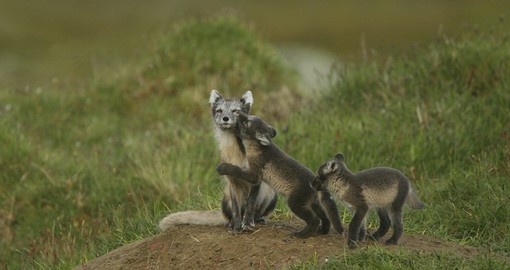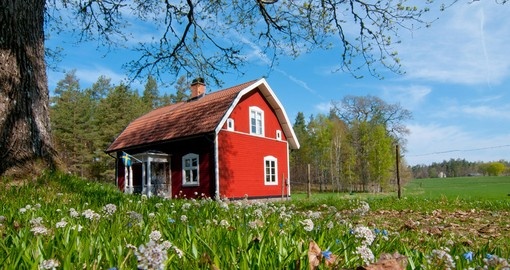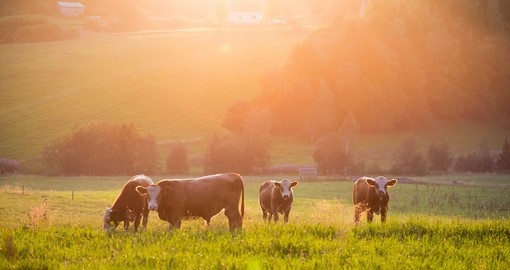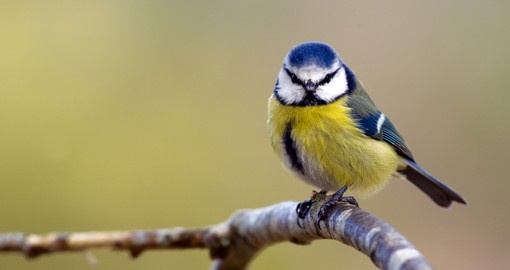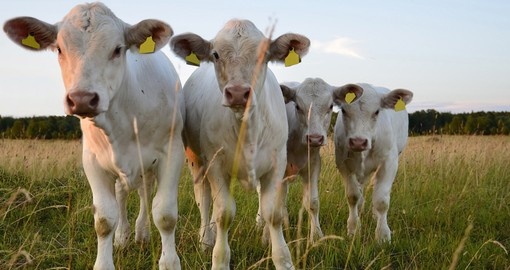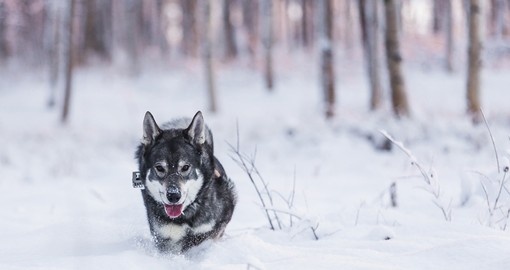Sweden Nature and Wildlife
Approximately 97% of Sweden is uninhabited meaning there is a great deal of nature throughout the country. Roughly a tenth of Sweden’s land is protected by national parks and nature reserves. In fact, Sweden was responsible for establishing the first national park in Europe in 1909. There are now 29 national parks and more than 4,000 reserves in Sweden. What is interesting about these protected areas is Sweden’s constitutionally guaranteed rights of public access which states that land must be open to everyone. Popular areas include Laponia, Fulufjället National Park and Kosterhavet National Park.
Laponia is one of Sweden’s UNESCO World Heritage Sites. It is a large mountainous area in the Lapland province of northern Sweden. Over 95% of this large area is designated as national parks or nature reserves. The landscape here is very diverse and includes tundra, waterfalls and glacial rivers and provides a home for native Sami reindeer.
Fulufjället National Park, established in 2002, is located in central Sweden and is part of the PAN parks network founded by the World Wildlife Fund. The park is named for the mountain found in the park, which stands at 1,044 m high and is home to Sweden’s largest waterfall. Several species of bird call the park home, as do brown bears and European lynx.
Kosterhavet National Park was established in September 2009 as Sweden’s first national marine park. The park is made up of the sea and shores around the Koster Islands. More than 6,000 marine species have been identified, many of which aren’t found anywhere else in Sweden. Seabirds and harbour seals enjoy nesting in this unique park.
Get a Trip Quote Order a Brochure







